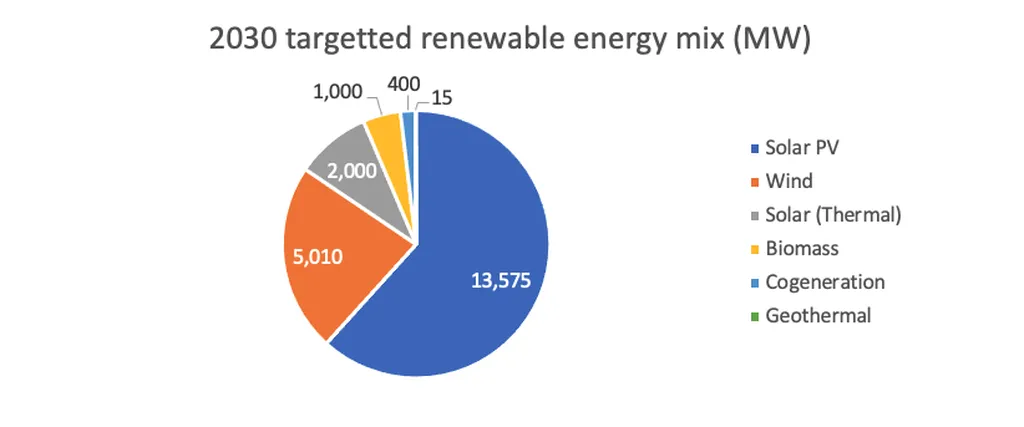In a groundbreaking study that could reshape our understanding of advanced materials, researchers have delved into the properties of paraelectric hexagonal-YMnO3 (h-YMnO3) using sophisticated computational techniques. Led by I. Chadli from the University of Mohamed Khider in Algeria, this research offers new insights into the mechanical stability, electronic, and elastic properties of h-YMnO3, potentially opening doors to innovative applications in the energy sector.
The study, published in the Archives of Metallurgy and Materials (Archiwum Odlewnictwa), employs first-principles calculations, a method that starts from fundamental physical laws rather than experimental data. Using the full potential-linearized augmented plane wave method (FP-LAPW) within the framework of density functional theory (DFT), the team conducted a comprehensive analysis of h-YMnO3 in its paraelectric phase. “This is the first theoretical study on h-YMnO3 in this phase, and our results are in very good agreement with available experimental data,” Chadli noted.
One of the most significant findings is the semiconductor behavior of h-YMnO3, with a low band gap of 0.4 eV. This property is crucial for electronic applications, as it determines how well a material can conduct electricity. The study also confirmed the mechanical stability of the oxide through calculated elastic constants, highlighting its potential for durable, high-performance applications.
The research further revealed that h-YMnO3 exhibits strong anisotropic character, meaning its properties vary depending on the direction in which they are measured. This characteristic could be harnessed to design materials with tailored properties for specific applications.
The implications for the energy sector are substantial. Multiferroic materials like h-YMnO3, which exhibit both ferroelectric and magnetic properties, are highly sought after for their potential in data storage, sensors, and energy harvesting devices. “Understanding the fundamental properties of these materials is the first step towards developing next-generation technologies,” Chadli explained.
This study not only advances our theoretical understanding but also sets the stage for experimental confirmations and practical applications. As the world seeks sustainable and efficient energy solutions, materials like h-YMnO3 could play a pivotal role. The research underscores the importance of interdisciplinary collaboration and the power of computational methods in driving scientific discovery.
In the broader context, this work highlights the potential of paraelectric materials in the energy sector. As Chadli and his team continue to explore these properties, the energy industry watches closely, eager to integrate these advancements into real-world applications. The journey from theoretical insights to practical innovations is just beginning, and the future looks promising.

